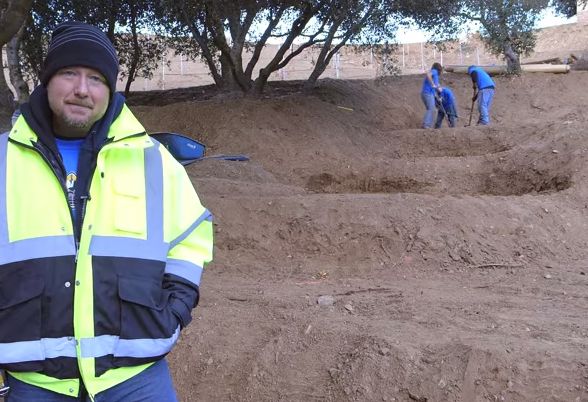ARTICLES
Advance Search
Aquatic Health
Aquatic Health, Fitness & Safety
Around the Internet
Aquatic Culture
Aquatic Technology
Artful Endeavors
Celebrity Corner
Life Aquatic
Must-See Watershapes
People with Cameras
Watershapes in the Headlines
Art/Architectural History
Book & Media Reviews
Commentaries, Interviews & Profiles
Concrete Science
Environment
Fountains
Geotechnical
Join the Dialogue
Landscape, Plants, Hardscape & Decks
Lighter Side
Ripples
Test Your Knowledge
The Aquatic Quiz
Other Waterfeatures (from birdbaths to lakes)
Outdoor Living, Fire Features, Amenities & Lighting
Plants
Ponds, Streams & Waterfalls
Pools & Spas
Professional Watershaping
Structures (Editor's Notes)
Travelogues & History
Water Chemistry
WaterShapes TV
WaterShapes World Blog
Web Links
Around the Internet
Aquatic Culture
Aquatic Technology
Artful Endeavors
Celebrity Corner
Life Aquatic
Must-See Watershapes
People with Cameras
Watershapes in the Headlines
I've been working with digital design technology for nearly ten years at this point, and I have to say that the rate of change with both the software and the hardware has been rapid enough to make a casual observer's head spin. And that's fine, because those of us who've been involved with it from the beginning have come to expect no less. In my case, however, I didn't start out with computer design. In fact, I'd been working as
A few weeks back, I paid a visit to Santa Rosa, a city in the heart of California's Sonoma County wine appellation. I wasn't there to taste wine, surprising as that may seem. Instead, I went to visit with Jim Wilder, a regular WaterShapes contributor and fountain specialist who's spent his career working up and down the valley, quite often
These days, I run into lots of clients who want clean, crisp detailing when it comes to everything associated with their backyard spaces - pool, spa, patio, decks and outdoor kitchens included. They're after works of visual art that, when not in active use, can be seen from inside the house as a continuation of the elegant, well-appointed interior spaces they've set up so thoughtfully. Sometimes, this means that
Last time, we looked at an instance in which migrating water presents mostly aesthetic challenges - scale formation, evaporation residues and other hassles that simply make a watershape look worse than it should. This time, we'll look into a case where the migrating water not only made the watershape look bad, but was also doing structural damage to a nearby deck and, ultimately, to the pool shell itself. It's a cautionary tale that should make any contractor
I spend a lot of time wandering around the web looking for information to share with followers of WaterShapes.com's "Around the Internet" and "Aquatic Health, Fitness & Safety" sections and of the "The WaterShapes Web Café" feature that appear in each edition of the WaterShapes newsletter. This browsing can be fun and entertaining, but there's also
We love working on projects we can record and share through the Internet. At The Pond Digger (Yucaipa, Calif.), we've always believed that these videos help our prospective clients make informed decisions about what they want to do in their backyards. That's why we generally keep them pretty basic. At the same time, we've always believed that our videos have value in a professional context, particularly for
I grew up in my father's pool business - a successful design/build firm based in Henderson, Nev. Even in high school, I was consciously preparing myself to get involved on the design side of things and had signed up for a drafting class to start developing the requisite drawing skills. But something big was happening in the late 1990s: I was all set for my drafting class and had equipped myself with the tools I'd need
'I've taken up a fair amount of my column space in WaterShapes with discussions of the wise use of water, and for good reason: What could be more important to watershapers,' wrote Bruce Zaretsky to open the April 2010 edition of On the Level, 'than knowing how to make the best possible use of the material that defines our profession? 'The common thread in all of this coverage . . . is that, ultimately, our aim must be to preserve the integrity of water, to cleanse it for return to the groundwater system and to
Given what I do for a living, it's fortunate that I have a deep and abiding love of water. I enjoy being in, on and near it. I even like water in the forms of mist and fog. I must declare, however, that living in the Pacific Northwest for more than three years in the early 1980s put me off a similar love of rain and, more specifically, led me to loathe





















